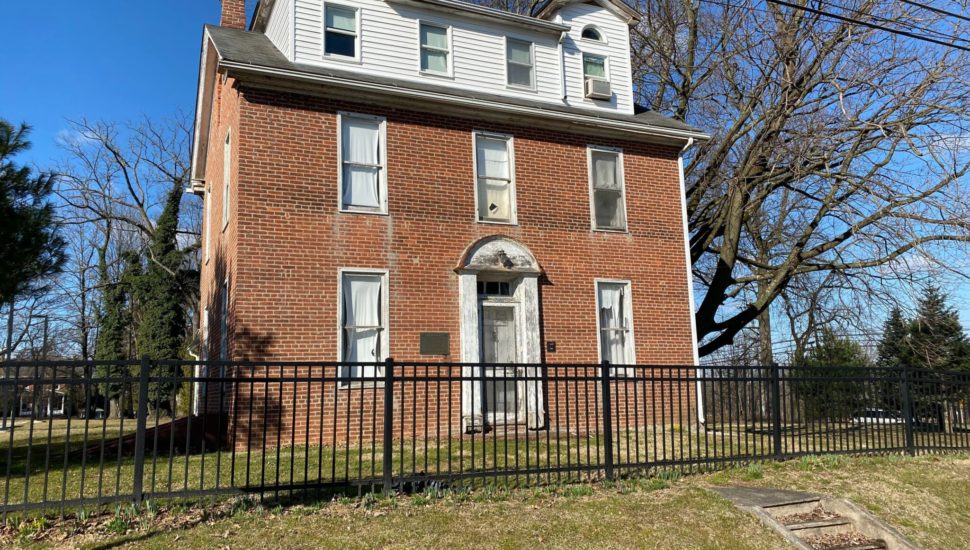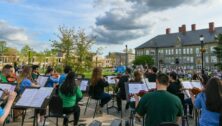Lincoln University Receives $500,000 Grant for Campus Preservation

Lincoln University has received a $500,000 grant from the National Park Service through the African-American Civil Rights Grant Program.
The university will use the funds to renovate Amos House, which will then serve as a Heritage Center that contains historic memorabilia related to the founding of the institution.
“Lincoln University remains committed to preserving the legacy of our campus and its infrastructure by investing in historic preservation and telling our story,” said Dr. Brenda A. Allen, president of Lincoln University. “The Heritage Center is another way we honor the past while looking forward to the future. The Heritage Center will preserve the institution’s distinction as an intellectual and cultural resource for this region and beyond.”
The grant includes funds for architectural work on the windows, doors, woodwork, and plasterwork; heating and ventilation upgrades; preparation of the National Register nomination form; and structural repairs such as replacing the roof and making it handicap accessible.
The grant will provide a complete renovation and structural rehabilitation to Amos House, the historic edifice began in 1870 as a private residence of the Amos family and located within the proposed Lincoln University Historic District. The house serves as an important historical marker of the aspirations for freedom and equality shared by African-Americans locally and nationwide. The Amos family and other locals helped to build the first degree-granting institution of higher learning for African-Americans, which became known for the contributions made by many prominent alumni to the Civil Rights Movement in America.
Most importantly, the Amos House was the residence of Charles V. Hamilton in the 1960s. It was in this residence that Charles V. Hamilton and Stokely Carmichael, also known as Kwame Ture, wrote the text Black Power: The Politics of Liberation.
The house is located on what is part of Lincoln’s campus today. Historically, however, the land was part of the community named Hinsonville, also known as Lincoln University Village. Hinsonville’s residents and members of the Amos family helped to build and support the university.
[lp-contribute]
Connect With Your Community
Subscribe to stay informed!
"*" indicates required fields














![95000-1023_ACJ_BannerAd[1]](https://vista.today/wp-content/uploads/2023/03/95000-1023_ACJ_BannerAd1.jpg)

































